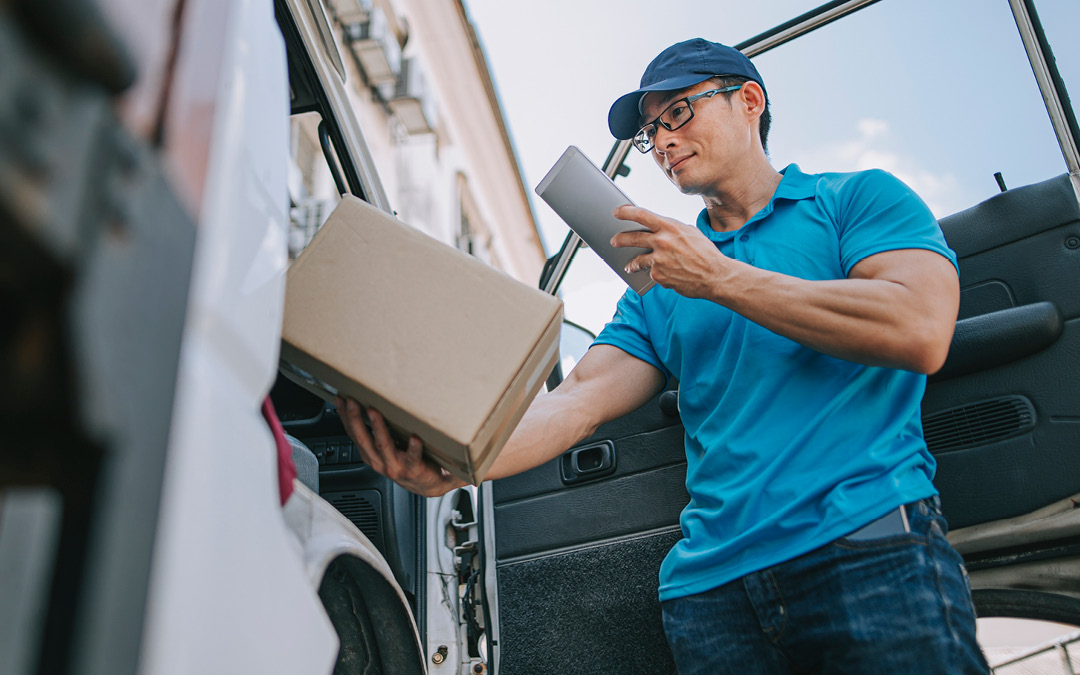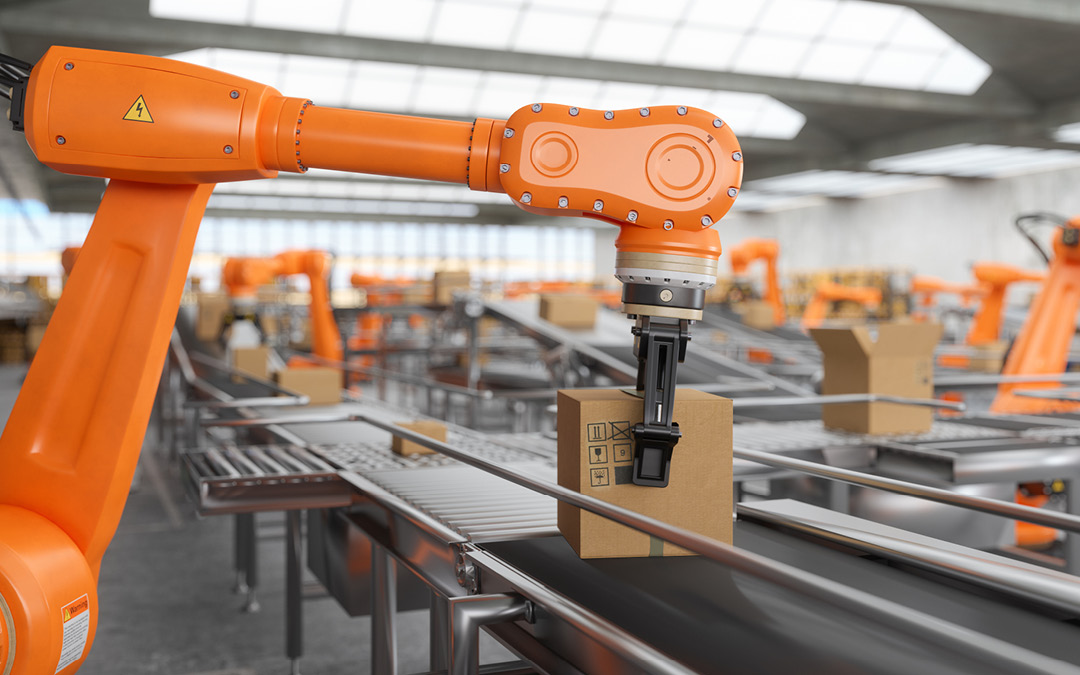Digital platforms, new players on the last mile, and an increasing number of retailers with their own delivery infrastructure – are traditional parcel services being pushed to the sidelines? While e-commerce volumes continue to rise, margins, access to customers, and strategic leeway are shrinking. To survive, parcel services need more than just volume: what is required is focus, efficiency – and a clearly defined strategic positioning.
New players, new rules
Digital platforms such as sennder (USA) consolidate shipment volumes and are positioning themselves as a new interface between retailers and parcel services. Major online retailers and marketplaces like Amazon have been building their own delivery networks for years. At the same time, platforms like Temu and Shein are supplying the European market – with small, lightweight parcels, often bypassing traditional logistics chains.
There are also new providers in quick commerce. Driven by the boom in grocery and retail, they – like the entire CEP industry – rely on urban micro-hubs, e-bikes, and app-based control. What is a pizza or drugstore item today could be fashion or consumer electronics tomorrow. The last mile is becoming more fragmented, faster, more complex – and increasingly managed directly by retailers. Companies such as Rewe, IKEA, MediaMarkt, or Decathlon are investing in their own logistics structures or regional partner networks.
In the USA, the last part of the supply chain – known as “final-mile delivery” – is often decoupled from the traditional logistics process to save costs. This means the sender does not deliver via traditional logistics systems, but takes the parcel directly to a local distribution point. From there, subcontractors or local delivery services take over delivery to the end customer. This model has hardly been used in Germany and Europe to date, but it is only a matter of time before it happens. As soon as the costs for traditional logistics networks can no longer be justified by product prices, this type of final-mile delivery will certainly become the focus of large shippers. This will be a challenge for traditional parcel logistics networks.
Parcel services define their margins through logistics costs – online retailers through product costs. In many segments, traditional parcel services are losing direct access to end customers. They are coming under growing price pressure, while the quality and flexibility of delivery are increasingly determined by the customer. Traditional parcel services must find a future-oriented strategic response to this structural shift.
Mass instead of margin? Not a solution.
The parcel market is no longer a uniform growth market. Not every parcel volume suits a traditional parcel service. E-commerce does produce parcel volumes, but often at prices or with logistics requirements that are not adequate for traditional providers. Mass alone does not solve the problem – what matters is a focus on system conformity, efficiency, and quality.
Profitable business today still lies in the B2B segment and in premium B2C – areas where e-commerce volumes can also be leveraged.
Many parcel operators see opportunities in e-commerce fulfilment to move deeper into the value chain – offering warehousing, automation, and targeted delivery from a single source. This offers an alternative to large online marketplaces, especially for small and medium-sized online retailers. However, the fulfilment market is capital-intensive and low-margin. Warehousing contracts for new builds often run for 15 to 20 years, but customers generally only commit for periods of five years or less.
A traditional parcel service does not have the necessary expertise and specialised management in fulfilment to operate contract logistics profitably. Successful models rely on the acquisition of specialised companies with their own management, structure, and long-term strategy. Fulfilment should therefore be viewed as an independent unit – with a clear separation from the classic parcel business.
Focus, not diversification
The issue is not about chasing volume or diversification – it is about strategic clarity. In parcel logistics, this means concentrating on core business. Profitability at adequate prices can only be achieved through efficient delivery networks, where sorting is automated, routes are optimised, and the last mile is fully utilised.
Parcel lockers and parcel boxes allow for consolidated deliveries, reducing costs and improving efficiency – provided utilisation is high. Interesting B2B shipping solutions and additional services like express delivery can make sense for attracting business customers with high revenue potential. However, meeting special customer demands requires service surcharges, as such demands usually do not align with the sophisticated networks of conventional parcel services.
Integrating a parcel service within a larger logistics group can offer opportunities. However, financial autonomy and strategic clarity must be ensured. A lack of focus can lead to mismanagement. Internal billing models often make it difficult to assess profitability objectively. Realistic targets and the ability to operationally separate individual business areas are crucial for clear evaluations.
Navigating the new playing field
Faced with a changing logistics landscape – where both new and established digital commerce providers are increasingly positioning themselves – traditional parcel services must do what they do best: deliver reliably, manage their networks efficiently, and offer digital services and solutions with real added value. That is what best serves the customer. Additional services should only be provided if they are economically and operationally viable and fit in with the core competencies.
Growth potential lies in the parcel market itself. The shift from brick-and-mortar to e-commerce continues to drive stable annual growth of 5 to 7 per cent. Additionally, smaller consignments are increasingly moving from general cargo into the parcel segment.
The challenges for parcel operators are huge – but so are the opportunities.






